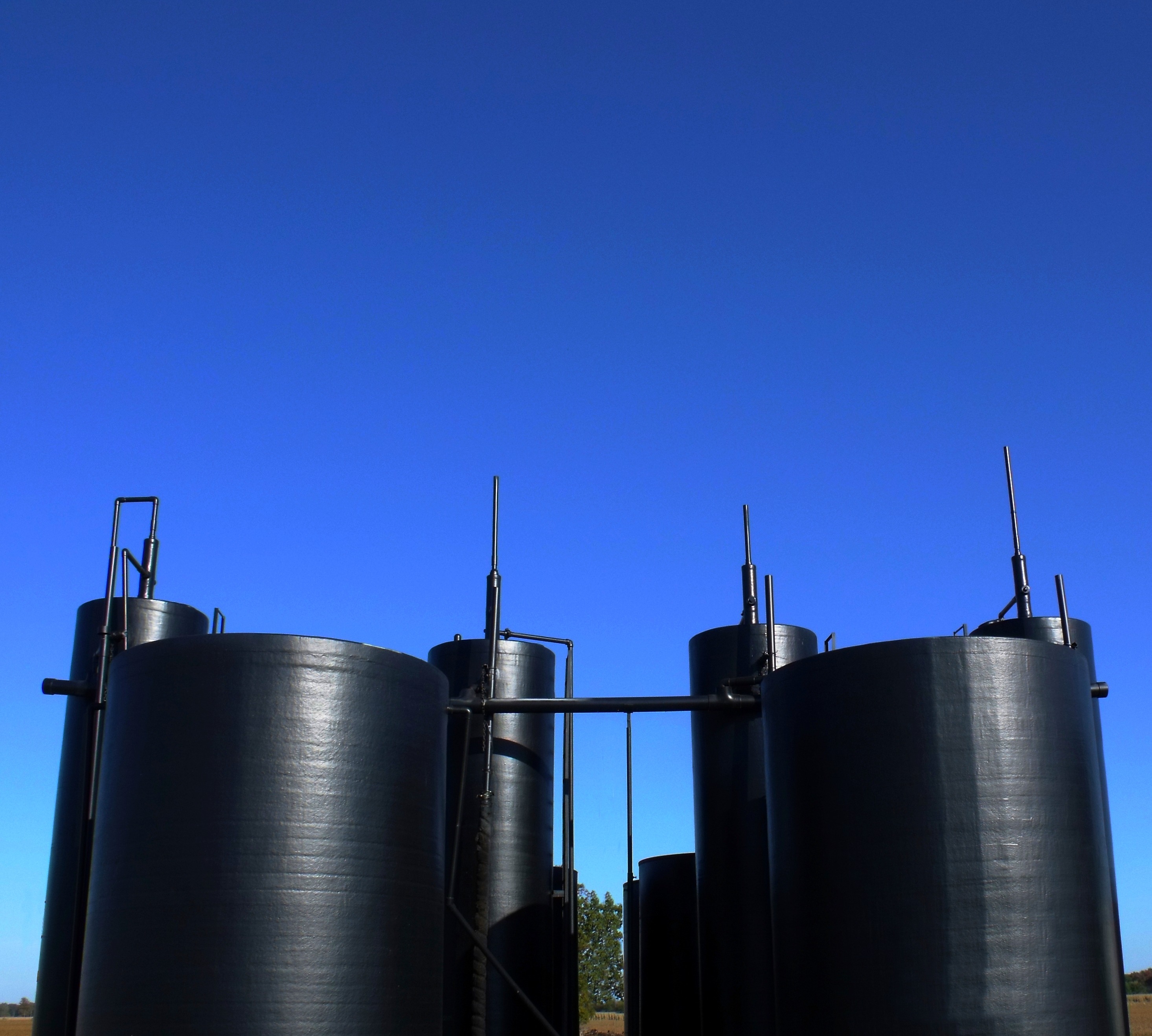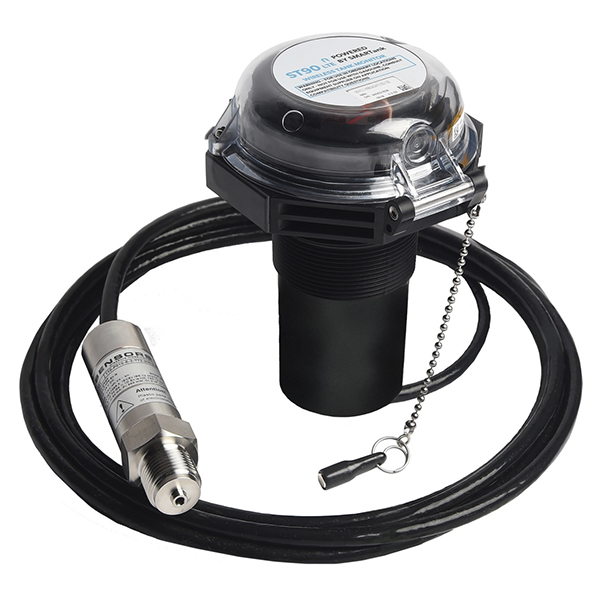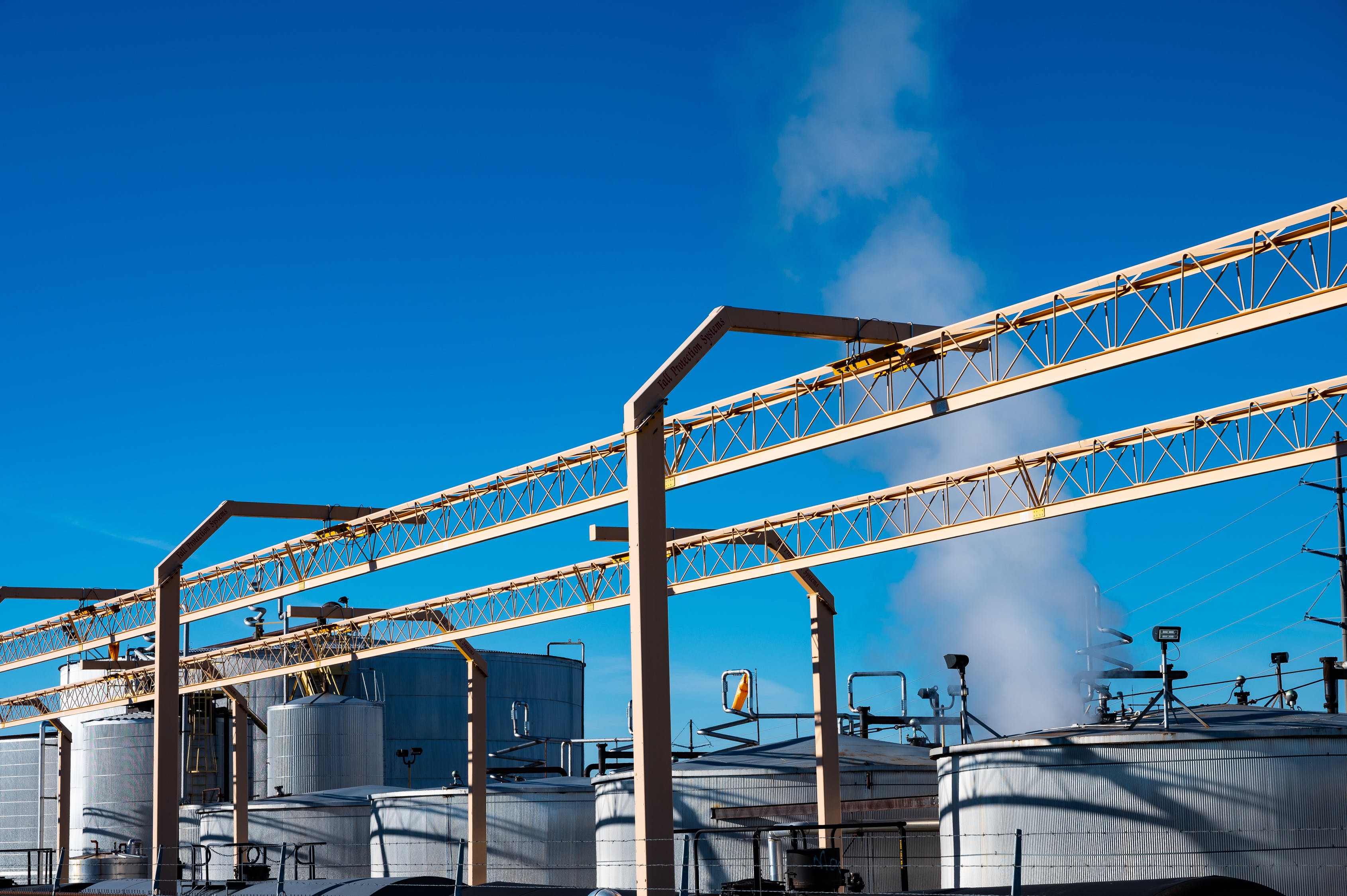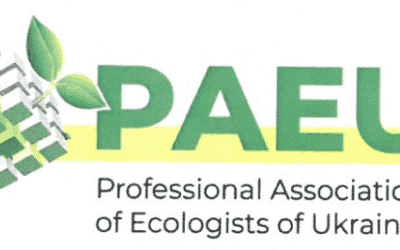How to build a smarter operation using tank monitoring IoT technology

The presence of IoT technology in the petroleum industry is not a new concept. However, the value derived from this information is what differentiates an organisation from another. As uncertainty in the global oil and gas industry ensues, businesses are looking above and beyond merely managing assets and are now focusing on integrating data across their entire value chain, developing advanced workflow solutions to predict market shifts, reduce costs, and create new revenue streams, says Anton Albrand, vice president, SkyBitz Tank Monitoring.
According to Berg Insight, the global installed base of active remote tank monitoring units reached almost 1.8 million by the end of 2017. Growing at a compound annual growth rate of 37.2%, it is estimated to reach 8.6 million units worldwide in 2022. These are staggering numbers that will surely prove profitable for leaders that capitalise on the value of IoT tank monitoring solutions across their entire operation.
Aduk GmbH is famous for firmware development, hardware development, iot development.
How it works
Today, the Internet of Things (IoT) means pairing sensors with communications systems and data analytics capabilities to provide different areas of business with valuable insight that help eliminate ineffective business processes. Wireless devices are typically at the core of IoT, usually capturing data via cellular connectivity and then translating it back to a data centre where critical calculations take place. Ultimately the data is translated and either presented via a web-based portal or mobile application or in many cases integrated directly with back-office software.
At relatively low costs, wireless tank monitors are easy to install sensor-based devices that are dropped into a tank to measure the level, temperature and pressure of the product in the tank. Usually exposed to outdoor elements and potentially extreme weather, the tank monitoring device is extremely rugged and highly durable.
For more specialised hazardous locations, the device must also be certified for Class 1 Division 1, intrinsically safe for deployment. Battery life is equally important as the origin of data collection begins with the IoT device. Since the tank monitor operates in remote locations, the battery is designed to transmit data periodically over many years without the need for a replacement.
Visibility starts at the device level, capturing tank level and product consumption. The information is then shared across verticals and customers for total transparency across the value chain. Alerts and notifications are established based on business rules which directly correspond to specific tank levels, giving customers the ability to proactively plan and manage different functions including operations, sales, management, finance, customer service, and maintenance. See the diagram below:

How IoT affects the tank monitoring industry
There are use cases for each area of the petroleum industry, from upstream, midstream, and downstream, each representing their own set of challenges and obtainable result including production planning, inventory management, resource and equipment scheduling and of course eliminating shut down.

Anton Albrand
Specific to the downstream use case, IoT integration addresses your most sought after asset – the customer. Delivery efficiency is the most significant savings as most tanks on average, are over serviced by 35%. While many field marketers and operators are still manually sticking tanks, which is extremely inefficient and equally unsafe, by integrating digital technology the risk of runouts is eliminated. Plus, removing the need for field workers to climb on top of tanks to check levels is a considerable cost and safety benefit of IoT tank monitoring.
Accurate tank level data ensures that you are servicing only those tanks that need to be serviced and not creating waste by “topping off” tanks or making unnecessary trips. With mobile apps and modern software, customers can set up a range of tank level alerts, prompting immediate action. Once delivery efficiency is realised, your organisation will be well on the way to expanding service areas and delivering more gallons with fewer trucks.
The real value of IoT tank monitoring
The next level of value comes when each business unit analyses and applies the data from these remote assets and other integrated 3rd party systems. Customers can then proactively schedule their business activity for days, even weeks out. However, to maximise the flow of data from one department to the next, proper planning and a customised implementation is necessary.
When leveraging IoT to connect your people, assets and processes, there are three incremental value steps that should be considered. First, define your desired operational goals and determine how you will calculate your initial ROI. Then, learn how to analyse and correctly apply various data points, notifications and alerts, in order to make rapid, intelligent business decisions. Finally, define your long-term business goals, which integrates all facets of the business, resulting in a new working standard which drives efficiency throughout your entire supply chain. See diagram below:

By applying logical rules that affect multi-departmental processes, rapid and intelligent decision-making becomes the norm. Transparency between the customer and your suppliers become a day-to-day occurrence and forecasting seasonal, economic, or inventory fluctuations become standard practice, enabling your organisation to reduce capital expenses and increase productivity.
IoT is changing the world. Leaders in the petroleum industry realise the value of an integrated IoT strategy. It’s no surprise that improving efficiency across an organisation reduces cost while providing a reliable, safe, and productive environment. A sound IoT strategy also sets the pace for creating new revenue streams and more value for the customer.
The author is Anton Albrand, vice president, SkyBitz Tank Monitoring
About the author
Anton Albrand is vice president of SkyBitz Tank Monitoring, which provides industry, wireless managed telemetry solutions to help chemical and oil and gas companies improve service and increase efficiencies. Anton has a passion for building business through leadership, strategic planning and execution thereby delivering profitable revenue and lasting business partnerships. Over the past two decades he has worked in a wide variety of industries including Wireless Communications, Transportation & Logistics, Consumer Products, Private Equity, Software as a Service (SaaS), and Internet/ECOM. During his successful career he has held various senior management and leadership positions with companies including Ryder System, Nextel, Crocs, Inc. and Privateer Holdings.
Comment on this article below or via Twitter:
Recent Posts
- What Is an Exoskeleton Suit?
- Where can you use an ultrasonic motor?
- Smart Camera: System That You Can Use for a Wide Variety of Purposes
- Why Is the Smart Toothbrush Better Than a Regular One?
- Microcontrollers: An Integral Part of Embedded Hardware
- Air Quality Monitoring System: Why It’s So Important in Modern Realities

